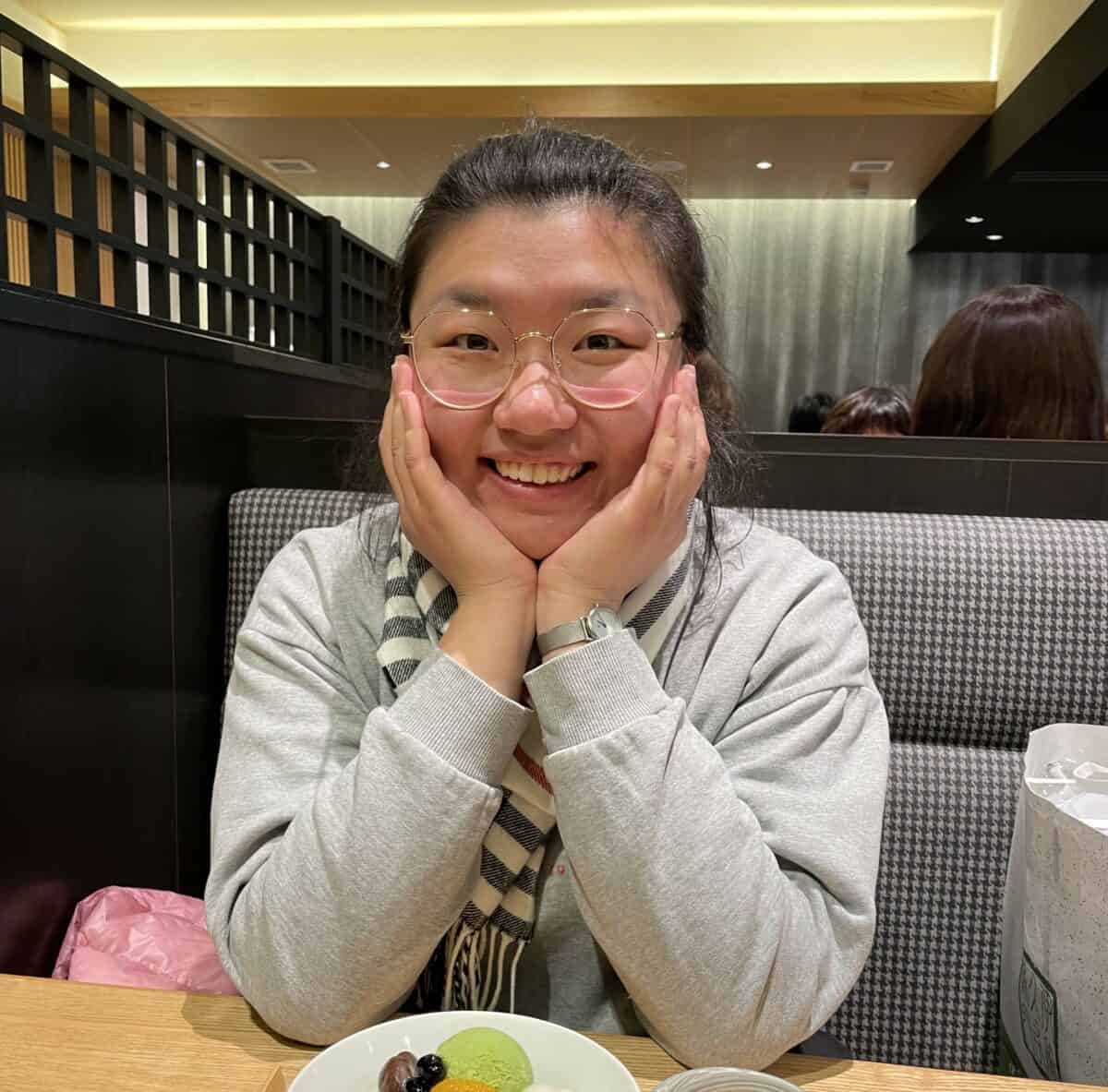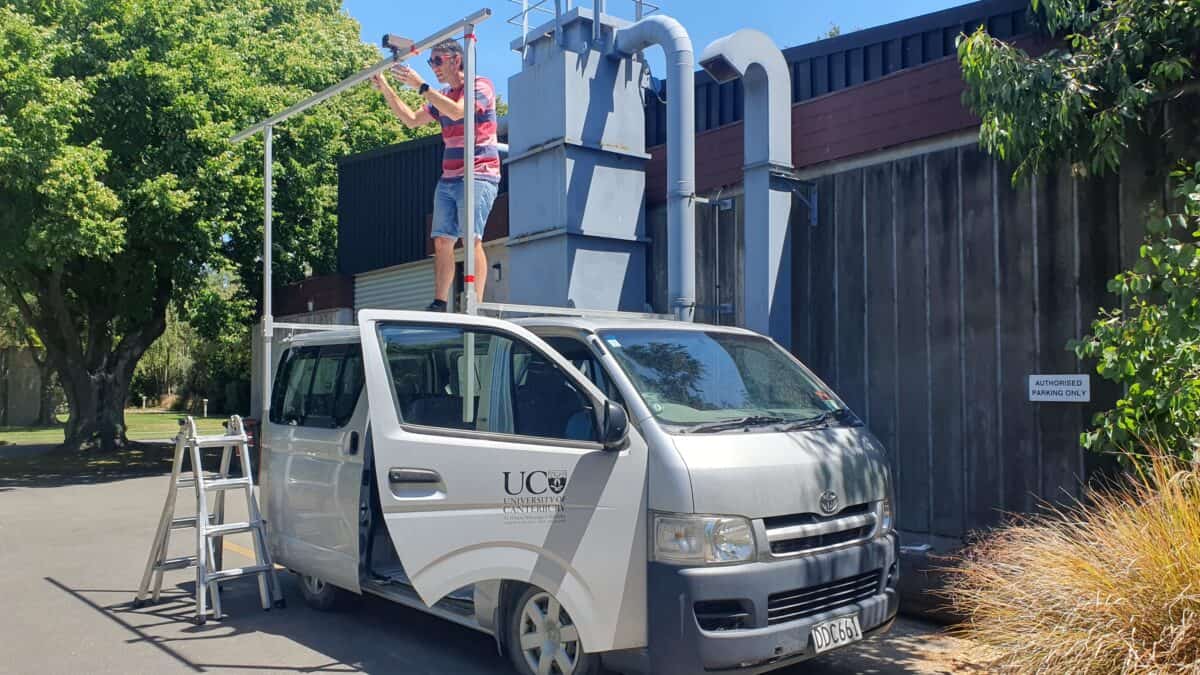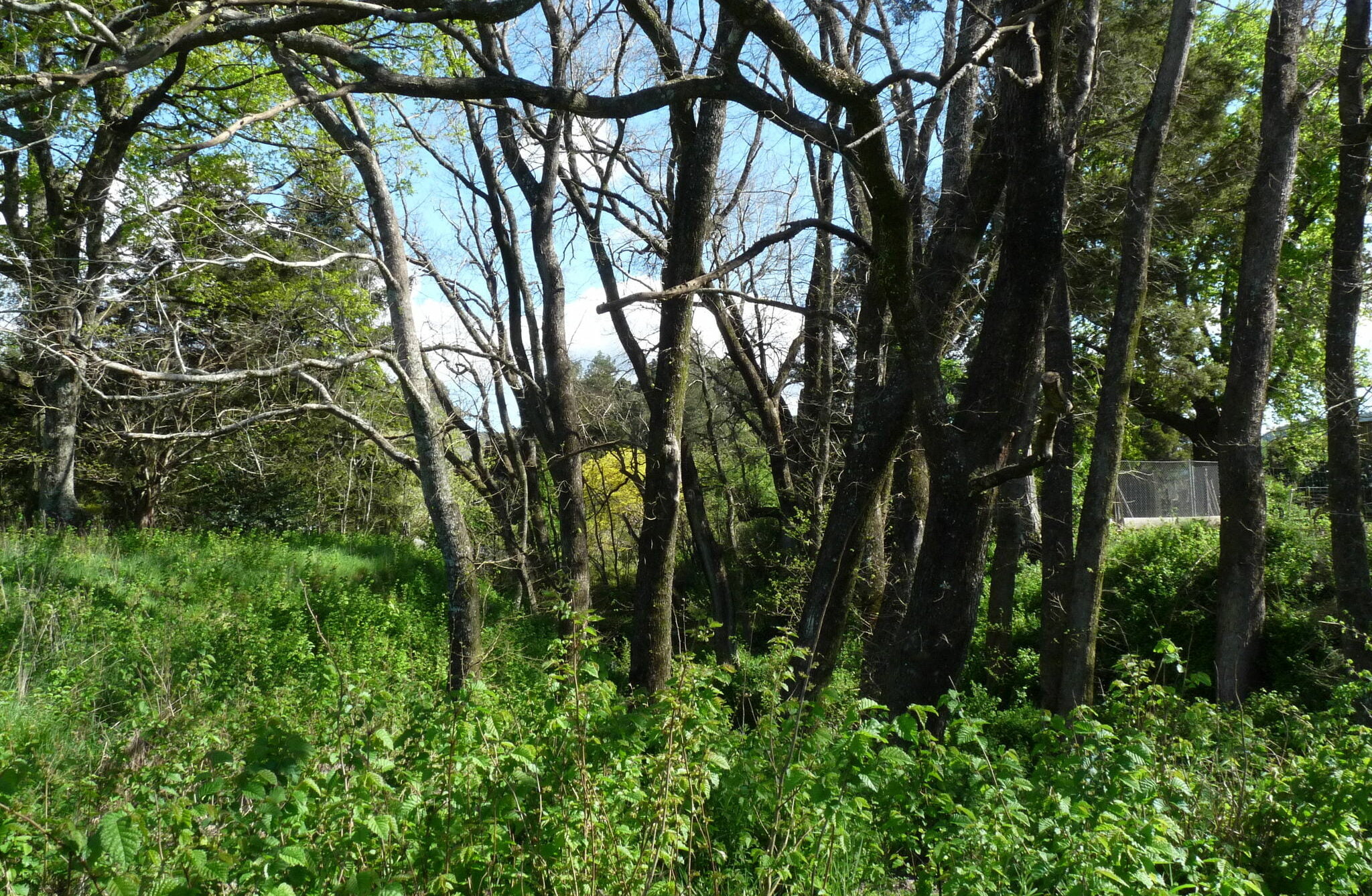Lisa is a computer scientist originally from Shanghai, China.
“Computer science gives me a sense of achievement,” says Lisa. “Even though it can be quite challenging and I may spend hours trying to debug, once a programme is working, I just feel satisfied.”
Lisa started her computer science studies in China before moving to New Zealand in July 2017.
“I did my Bachelor’s and Honour’s in computer science at the University of Waikato,” says Lisa. “I then moved to Christchurch to complete a Professional Master of Computer Science at the University of Canterbury.”
This one-year, 180 point Master’s degree offers practical and applied learning in computer science technologies. In addition to taught coursework, students are supported in independently designing, implementing, and maintaining open-ended computing projects using the latest programming theories and software.
“I chose this programme because the professional project relates to industry, and it’s more hands-on than a normal Master’s,” says Lisa. “And I chose this project because I wanted to do something useful and helpful to society.”

The project Lisa chose was with the State-of-the-art Surveillance team. Specifically, she sought to train a machine learning process to detect known disease symptoms of Dutch Elm Disease.
“We wanted to read images of elm trees,” says Lisa. “The machine learning process would look for the likelihood that an individual tree is infected with Dutch elm disease. If it is likely, we can send a human expert to check.”

The end goal is to be able to use this machine learning process to detect a range of tree diseases collected by cameras mounted on rubbish trucks. Researchers from the University of Canterbury and University of Waikato have developed an automated imaging system mounted onto vehicles at the height of rubbish trucks to capture streetscape photos of trees. These streetscape photos were used to develop and train a model that can detect trees, segment out the trees, and identify individual trees and their species within each image. These images would then be fed into a pipeline, like the one Lisa’s project trialled for Dutch elm disease, for early detection of a suite of tree diseases.
In addition to learning how to practically apply her computer science skills, Lisa learned a lot about Dutch elm trees.
“I worked on segmentations of elm trees for 3,000 images, so now I can recognise them,” says Lisa. “Even outside my house there is an elm tree! I would not have known that before.”
This project also gave her more appreciation of trees in general.
“I was not a tree person before. Now I have more awareness of trees that might be diseased or stressed. I also started to actually notice the trees in my neighbourhood. I feel like I treasure trees more now.”
Lisa Lu
Lisa completed her project in February. She has now moved to Hamilton where she works with a completely different type of plant – a dairy plant. While she doesn’t necessarily expect to return to biosecurity, this project has broadened her perspective.
“We can make bigger use of our daily routines, like rubbish trucks going around the community collecting images for biosecurity surveillance,” says Lisa. “I hope more ideals like this can become useful in future.”
The State-of-the-art Surveillance research team is looking for funding to continue to progress the machine learning model and is evaluating the potential of developing a national machine learning image resource for New Zealand – a strategic resource that could be used across many domains.
Jenny Leonard
